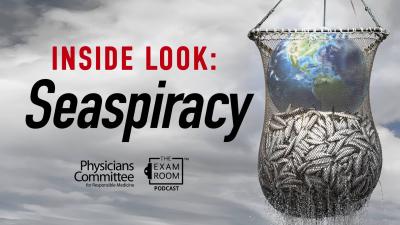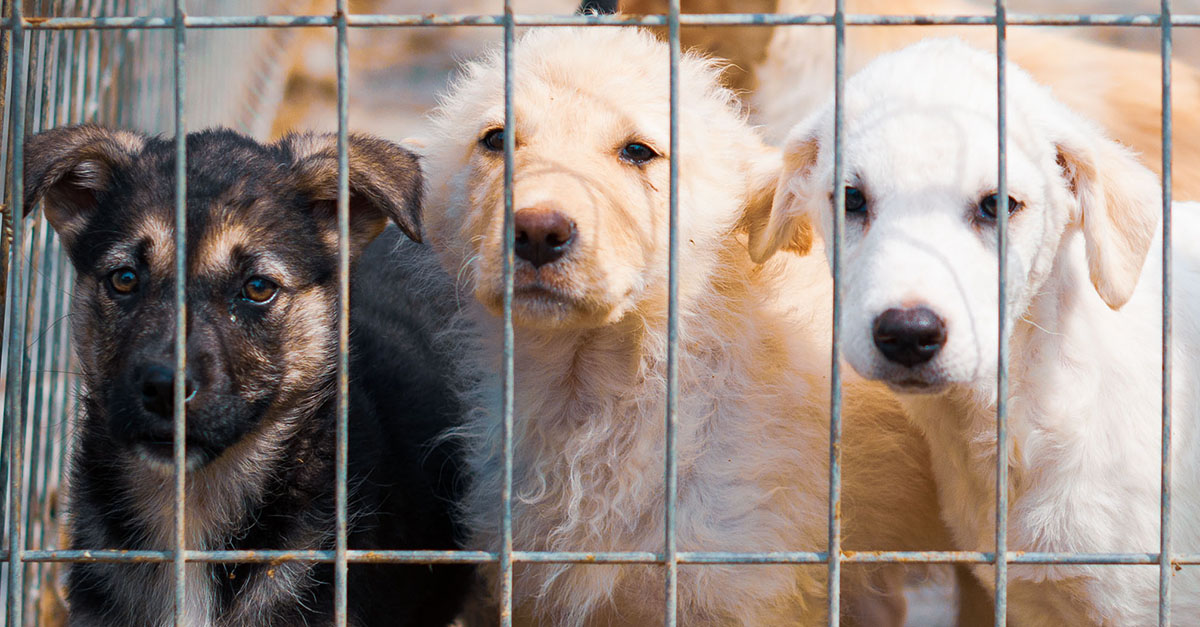Physicians Committee Expert Testifies at Two California Legislative Hearings
Yesterday Physicians Committee toxicologist and vice president for research policy Kristie Sullivan, M.P.H., testified at two legislative hearings in Sacramento. Before the Assembly Committee on Environmental Safety and Toxic Materials, Sullivan described our support for AB 2474, which would require the California Department of Toxic Substances Control to review and, if appropriate, adopt two potential alternatives to a current live fish test it currently requires manufacturers to conduct on hazardous waste.
She also joined Social Compassion in Legislation and Lush Cosmetics to testify in support of SB 1249, the California Cruelty-Free Cosmetics Act, which would ban the marketing and sale of cosmetics that have been tested on animals in California.
Both bills successfully passed out of those committees. We’ll keep working on them as they move toward floor votes, so stay tuned for more details on how you can support these bills.

AB 2474 Testimony
My name is Kristie Sullivan and I am a toxicologist, a California resident, and the vice president for research policy at the Physicians Committee. I have worked with experts to modernize testing protocols and regulations at the international, national, and state level for 15 years.
We support HB 2474 because it offers the DTSC the opportunity to assess advances in test method development and toxicology practice to take a more intelligent approach to toxicity testing.
Analyses have shown that daphnia are similar to fish, if a bit more sensitive, to toxic materials. The daphnia test is similar to the fish adult and embryo tests; groups of Daphnia pulex or magna are exposed to the test material and several dilutions and the number of “immobilized” daphnia are counted after 24 and 48 hours. The material is determined to be toxic if a certain percentage of daphnia fail to survive.
Daphnia are an important food source for fish and other aquatic organisms, making the daphnia toxicity test an indicator of potential effects of a waste on aquatic systems beyond the specific species of fish used in the current test.
In addition to consideration of the two test alternatives, we suggest implementing a tiered approach that takes the chemical characteristics of the waste into account in order to determine what, if any, testing should take place. This is now common practice in other regulatory jurisdictions.
In my opinion, the two tests are scientifically appropriate, and are likely to be adaptable for California’s need to ensure protection of aquatic life against a range of volatile, liquid, and solid wastes, while saving animals and state resources.

SB 1249 Testimony
My name is Kristie Sullivan and I am a toxicologist, a California resident, and the vice president for research policy at the Physicians Committee.
In 1944 a test called the Draize rabbit eye test was created. This test involves placing chemicals in restrained rabbits’ eyes for 24 hours, then the animals are observed for signs of eye damage. If the test substance is a pressurized aerosol, the rabbits’ eyes are held open and the product is sprayed directly into the eye from about 4 inches away. Depending on the severity, rabbits experience pain, redness, swelling, discharge, and blindness. Rabbits were originally chosen because they do not produce tears, therefore unlike humans they cannot wash any of the product out of their eyes.
Fortunately, nonanimal methods based on human corneal, skin, immune, and other human cells and tissues are widely available to use in place of this and other tests. In fact, nonanimal methods for skin allergy perform better and are more accurate than the original animal test. Despite this progress, animal testing—including the Draize test—continues.
It is estimated that around 400,000 animals are killed worldwide each year to test cosmetics or cosmetic ingredients. In my experience, manufacturers conduct animal testing for a number of reasons, including institutional resistance, liability protection, regulatory expediency, labeling, or legal requirements. Policy initiatives—like this bill—are needed to ensure that cosmetics and personal care products sold in California are not tested on animals for any reason.
More than 35 countries have already enacted restrictions or bans on the testing of cosmetics or the marketing of animal-tested cosmetics. Citizens understand that animals shouldn’t suffer for the newest wrinkle cream or shampoo scent, and this bill creates that beautiful future.








